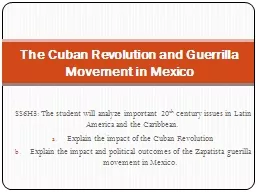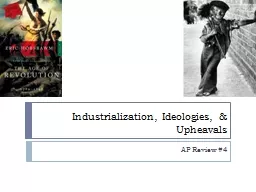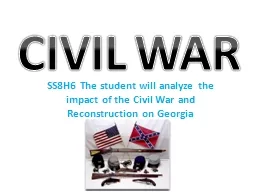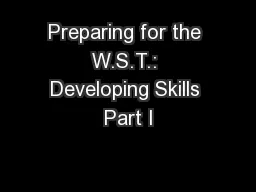PPT-SS6H3: The student will analyze important 20
Author : kittie-lecroy | Published Date : 2017-04-29
th century issues in Latin America and the Caribbean Explain the impact of the Cuban Revolution Explain the impact and political outcomes of the Zapatista guerilla
Presentation Embed Code
Download Presentation
Download Presentation The PPT/PDF document "SS6H3: The student will analyze importan..." is the property of its rightful owner. Permission is granted to download and print the materials on this website for personal, non-commercial use only, and to display it on your personal computer provided you do not modify the materials and that you retain all copyright notices contained in the materials. By downloading content from our website, you accept the terms of this agreement.
SS6H3: The student will analyze important 20: Transcript
Download Rules Of Document
"SS6H3: The student will analyze important 20"The content belongs to its owner. You may download and print it for personal use, without modification, and keep all copyright notices. By downloading, you agree to these terms.
Related Documents














